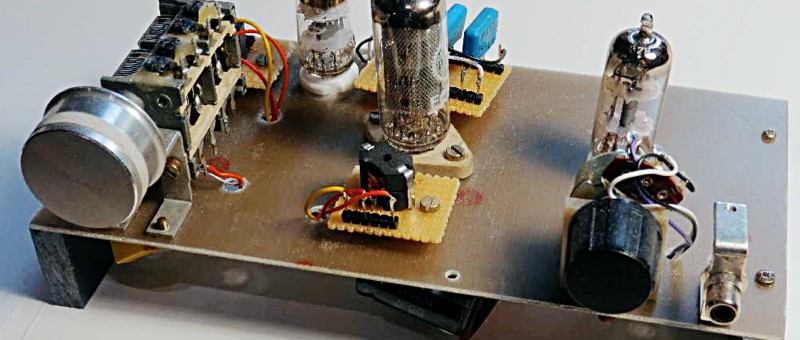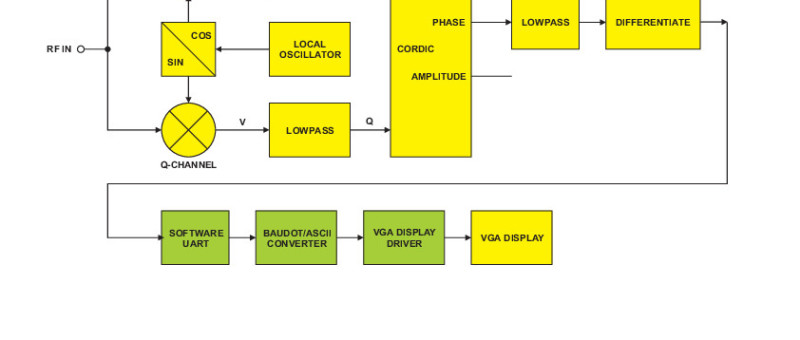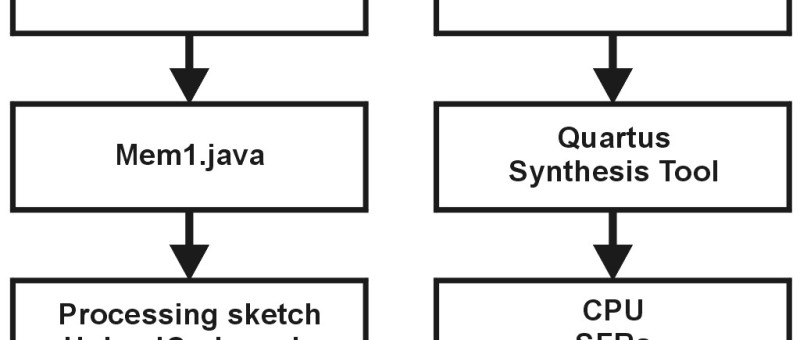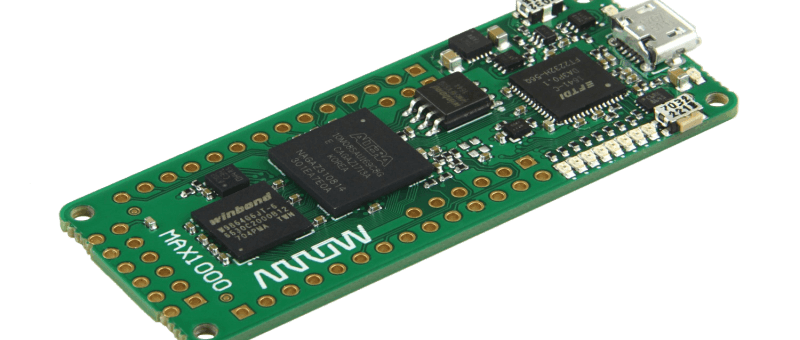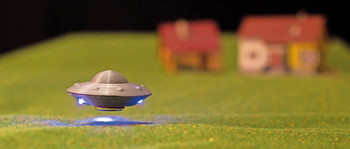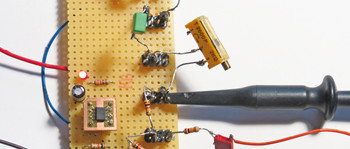| In my younger days I built what was known as an ‘0-V-2’ valve receiver. Fuelled by nostalgia for the pre-transistor era, I decided to build...
Martin Ossmann (80)
| In this the final installment of our series will be pushing the FPGA (almost) to its limit, receiving weather reports on 147.3 kHz, decoding...
| In this installment we will look at how to output analogue signals with the help of sigma-delta DACs (digital-to-analogue converters) and in...
| In the previous installment of this series we limited ourselves to running our DIY CPU in simulation. In this part we will return to the MAX...
| The simulator for our homebrew CPU lets us execute and test C programs without even having to resort to FPGA hardware. And, if you have idea...
| Sometimes within a single project there is a requirement for both an FPGA and a classical CPU, so that complex program flows can be implemen...
| How can you make objects levitate effortlessly in the air, to all appearances? Electronicists will naturally think along the lines of (elect...
| In the first part of the series we got to know the FIR filter, which has the disadvantage that it becomes rather cumbersome when we want to...
| Gyrator circuits can be used to simulate capacitors and coils. What’s more, they can also be used as impedance converters, as described in t...
| Adding this push-pull converter to the output of a standard bench top power supply gives a DC output up to 350 V DC. The output voltage and...


